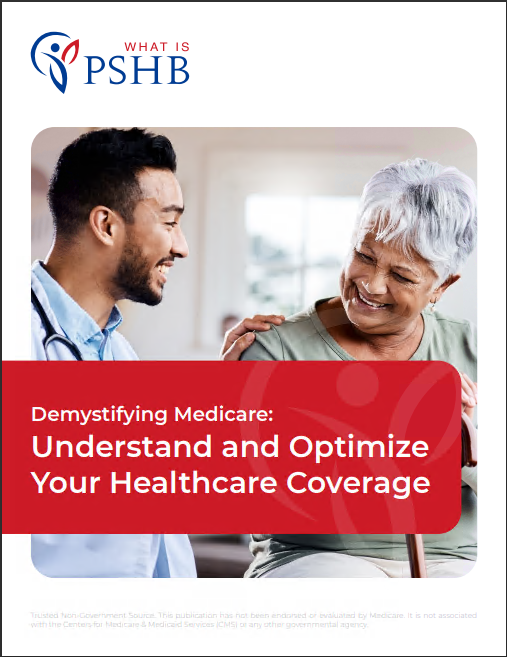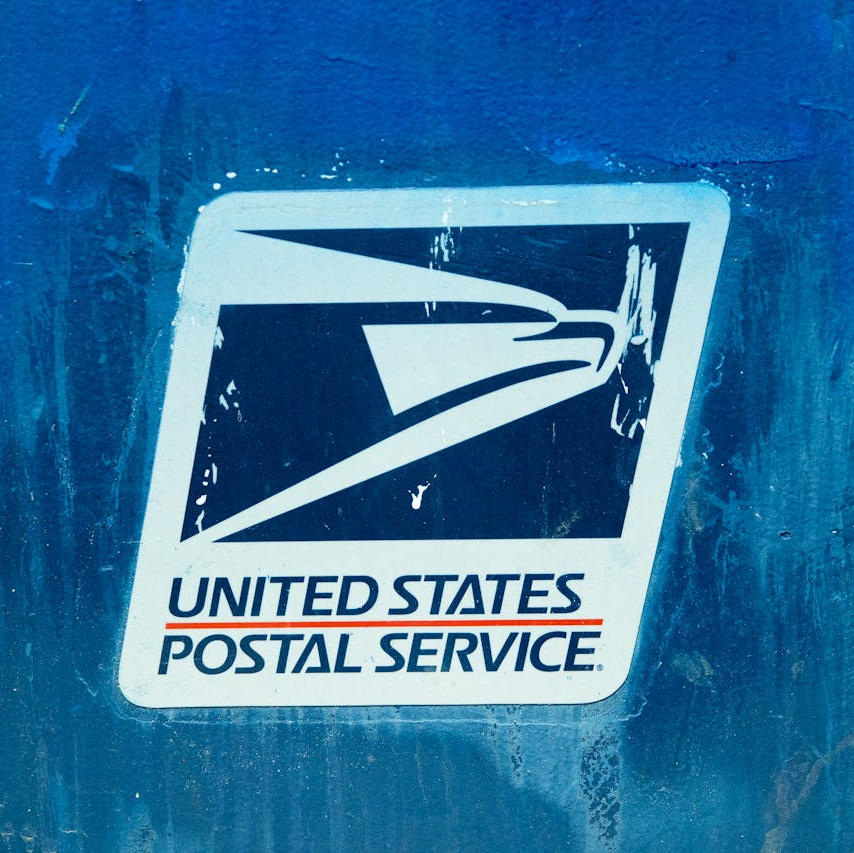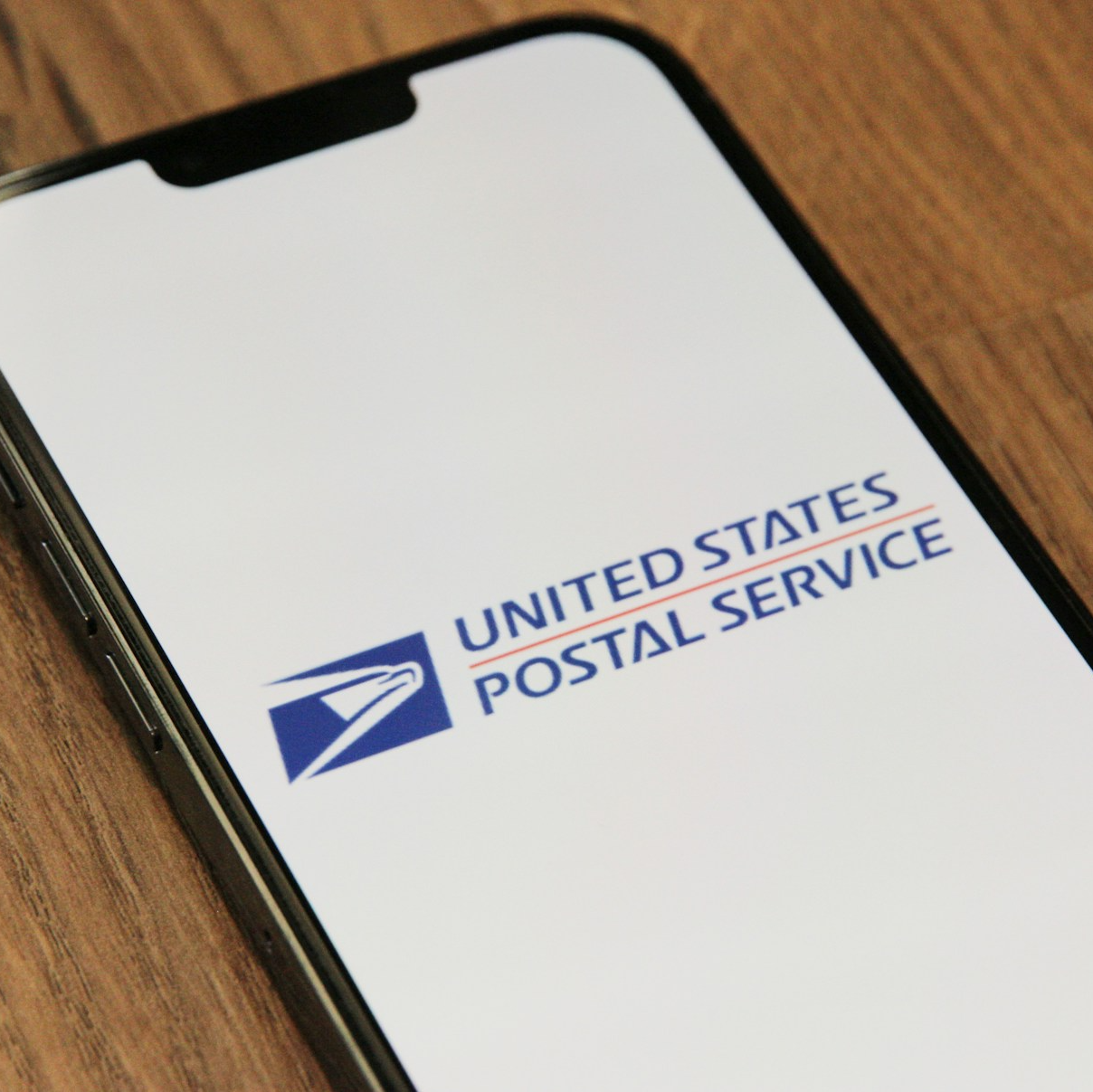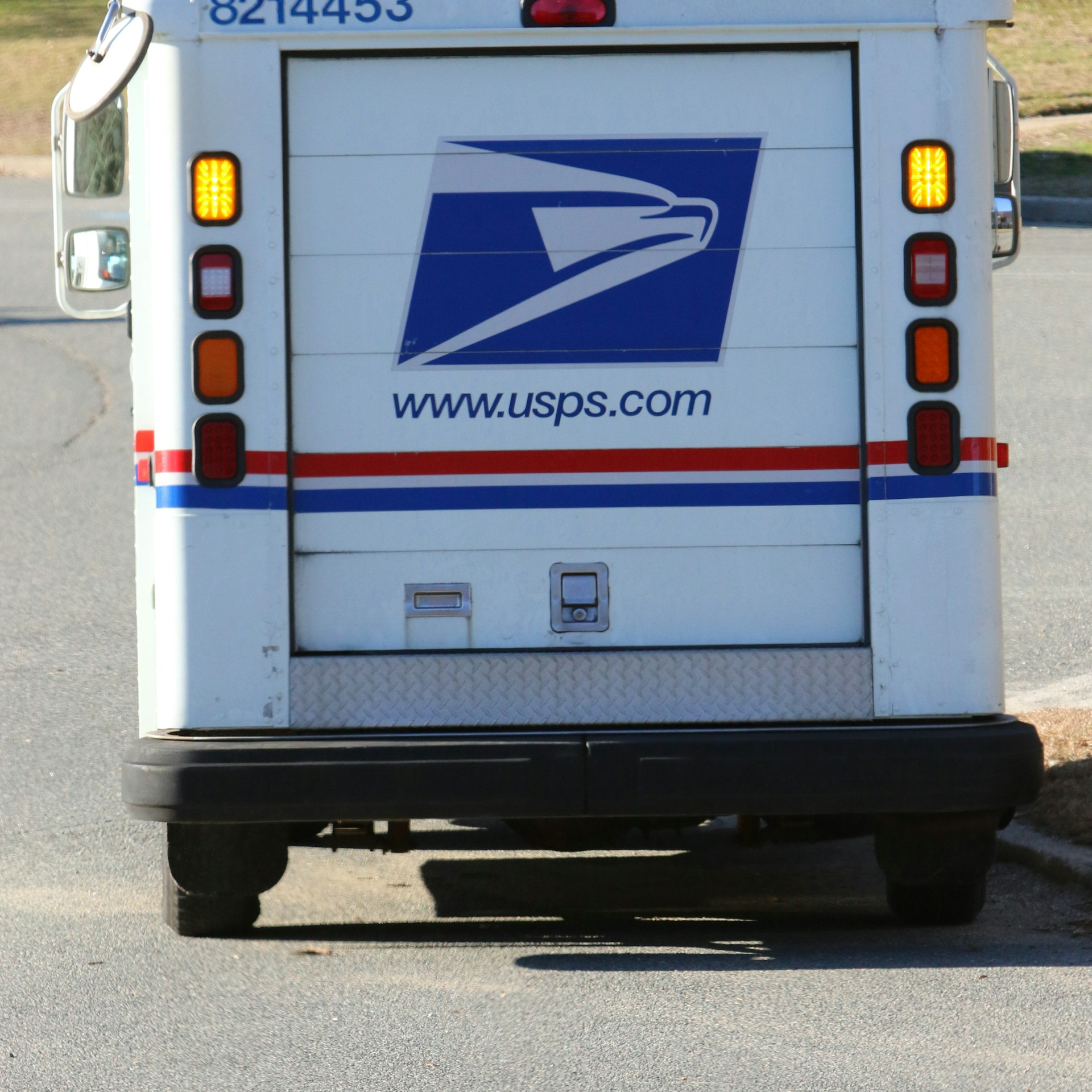Key Takeaways
-
The Postal Service Health Benefits (PSHB) program is set to transform healthcare options for USPS employees and retirees starting in 2025.
-
Key changes include Medicare integration, new plan structures, and tailored coverage options for postal workers and their families.
Why the PSHB Program Matters More Than Ever
The Postal Service Health Benefits (PSHB) program marks a pivotal change in healthcare for USPS employees, retirees, and their families. Launching in January 2025, it replaces the long-standing Federal Employees Health Benefits (FEHB) program with a new system specifically designed for the postal workforce. While change can be daunting, this shift aims to address the unique needs of USPS members and create a more efficient, cost-effective health benefits system.
Here’s how the PSHB program could change the game and why understanding its details is critical to ensuring your healthcare needs are met.
From FEHB to PSHB: What’s Different?
Switching from the familiar FEHB program to the PSHB may feel like a big leap. The differences, however, are designed to benefit postal employees and retirees in significant ways. Here’s a breakdown:
-
Exclusive Eligibility: Unlike FEHB, PSHB is solely for USPS employees, retirees, and their families. This exclusivity allows for tailored options that better suit the postal workforce.
-
Medicare Integration: If you’re Medicare-eligible, the PSHB requires enrollment in Medicare Part B to maintain coverage. This integration ensures comprehensive coverage while managing overall program costs.
-
Optimized Plan Choices: The PSHB introduces plans specifically crafted to align with the health needs of postal employees and retirees. These options prioritize affordability and tailored benefits.
Open Season: The Key to Optimizing Your Coverage
Open Season is your once-a-year opportunity to review, compare, and adjust your health benefits. For 2024, it runs from November 11 to December 9, giving you time to select the PSHB plan that best meets your needs before the program launches in January 2025.
Why Open Season Matters:
-
Plan Adjustments: Even if you’re automatically transitioned to a corresponding PSHB plan, Open Season lets you make changes to find a better fit.
-
Life Events: Changes in your personal life, such as marriage, divorce, or a growing family, make it crucial to update your coverage.
-
Cost Considerations: Compare premiums, deductibles, and out-of-pocket maximums across plans to ensure you’re getting the best value.
Pro Tip:
Don’t wait until the last minute! Use the Open Season period to explore all available options and make informed decisions about your healthcare.
Understanding Medicare Integration
One of the most transformative aspects of the PSHB program is its integration with Medicare. This change is especially important for retirees and their eligible family members. Here’s what you need to know:
Mandatory Enrollment in Medicare Part B
-
Who Must Enroll: If you retire after January 1, 2025, and are eligible for Medicare, you’ll need to enroll in Part B to maintain PSHB coverage.
-
Exemptions: Retirees who left USPS before January 1, 2025, and aren’t enrolled in Medicare Part B are exempt. However, enrolling in Part B voluntarily could enhance their overall coverage.
Benefits of Integration
-
Comprehensive Coverage: Combining Medicare Part B with your PSHB plan provides seamless and extensive healthcare coverage.
-
Lower Out-of-Pocket Costs: Medicare’s cost-sharing reduces what you pay for doctor visits, outpatient care, and other services.
Timeline Tip:
If you’re nearing 65, plan to enroll in Medicare Part B during your Initial Enrollment Period (three months before and after your 65th birthday) to avoid penalties and lapses in coverage.
Anticipating Costs in 2025
While healthcare costs are unavoidable, understanding the new expenses under PSHB can help you budget effectively:
-
Premium Contributions: PSHB premiums will vary by plan, but the government will continue covering a significant portion, ensuring affordability for most participants.
-
Medicare Part B Costs: If you’re required to enroll in Medicare Part B, the standard premium becomes an additional expense.
-
Plan Deductibles and Copayments: These costs will depend on the PSHB plan you choose, so review these details during Open Season.
Budgeting Advice:
Combine the costs of your PSHB plan and Medicare Part B when planning your healthcare budget. Include premiums, deductibles, and any potential out-of-pocket expenses.
How This Impacts Active Employees
If you’re currently employed by USPS, the transition to PSHB might feel less immediate, but it’s still essential to understand:
-
Automatic Enrollment: Your existing FEHB coverage will seamlessly transfer to a corresponding PSHB plan.
-
Future Medicare Requirements: If retirement is on the horizon, plan for Medicare Part B enrollment to avoid last-minute surprises.
-
Family Coverage: Double-check your dependents’ eligibility to ensure everyone’s covered without interruptions.
Retirees: Preparing for the Switch
Retirees face unique challenges in adapting to the PSHB program. Whether you’ve already left the workforce or are planning to retire soon, here’s how to prepare:
-
Assess Medicare Needs: Confirm whether you need to enroll in Medicare Part B to maintain your coverage.
-
Evaluate PSHB Plans: Compare plan options to find the best combination of benefits and affordability.
-
Review Deadlines: Avoid missing key dates like Open Season or Medicare enrollment periods.
Preparation Tip:
Gather all necessary documents, including Medicare and USPS records, to make the transition as smooth as possible.
Coverage for Families
The PSHB program continues to prioritize family coverage, ensuring benefits for:
-
Spouses
-
Children under 26
-
Disabled Dependents: Adult children with qualifying disabilities can remain covered.
Action Steps:
Update your plan during Open Season to reflect any changes in family circumstances, such as new dependents or updated eligibility information.
Ensuring a Smooth Transition to PSHB
Switching to a new healthcare program might feel overwhelming, but taking proactive steps can ease the process:
-
Stay Updated: Monitor USPS communications for the latest information on PSHB and important deadlines.
-
Plan Ahead: Use tools and resources provided during Open Season to compare plans and costs.
-
Ask Questions: Reach out to USPS or health benefits representatives if you have concerns about your coverage.
Quick Checklist:
-
Are you clear on your Medicare Part B requirements?
-
Have you reviewed available PSHB plans?
-
Is your family’s eligibility information up-to-date?
Looking Toward a Healthier Future
The PSHB program promises a new era of healthcare for USPS employees and retirees. By embracing these changes and preparing in advance, you can ensure your healthcare needs are met effectively and affordably. Whether it’s optimizing your plan during Open Season or planning for Medicare enrollment, proactive steps today will pay off in the future.









